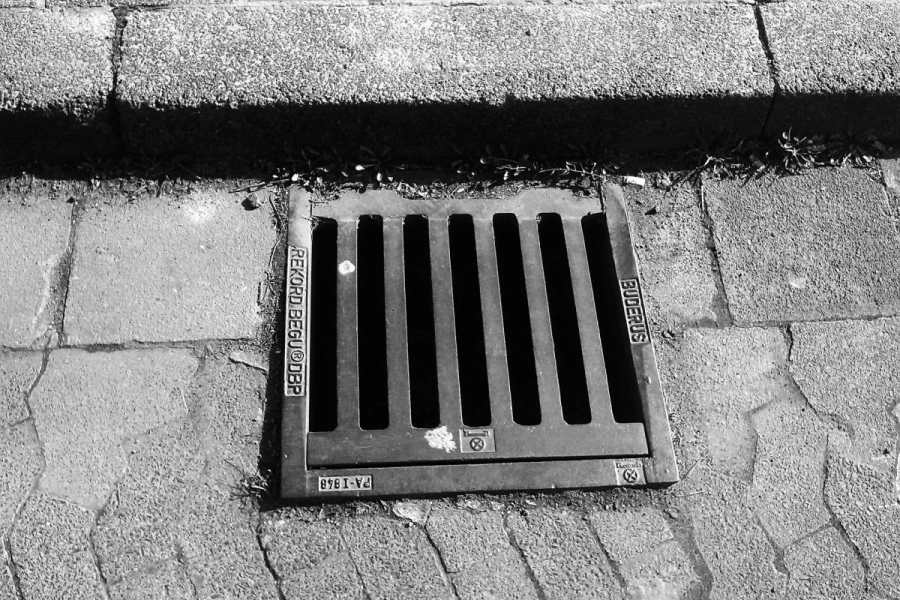
Managing stormwater and wastewater has been a priority for cities for millennia, but doing so has become more complicated as urban populations and development continue to change over time. Since the mid-1800s, cities have often relied on an integrated system of underground pipes, pumps, and other built infrastructure (known as gray infrastructure) to carry stormwater away from developed areas. Unfortunately, this gray infrastructure is aging and often exceeds its designed capacity, forcing cities to consider other alternatives.
Green stormwater infrastructure is one alternative in which many urban areas in the United States are interested. It can also make use of natural processes to provide basic ecosystem services to a community, such as trees and plants absorbing carbon from the atmosphere or soil absorbing excess stormwater.
A recent article published in Urban Ecosystems provides a framework for managing stormwater through the use of green infrastructure. Fushcia-Ann Hoover, a postdoctoral fellow at the National Socio-Environmental Synthesis Center (SESYNC) led the article titled “Developing a framework for stormwater management: leveraging ancillary benefits from urban greenspace.”
In this paper, the authors present a framework for balancing stormwater management against the ancillary benefits of urban greenspace.
The framework is structured around the Millennium Ecosystem Assessment ecosystem service categories: provisioning, cultural, regulatory, and supporting services. The purpose is to help communities better manage their systems by 1) allowing stakeholders to prioritize and address their needs and concerns within a community, and 2) maximizing the ecosystem service benefits received from urban greenspace.
Read the article.
Media Contact: communications@sesync.org